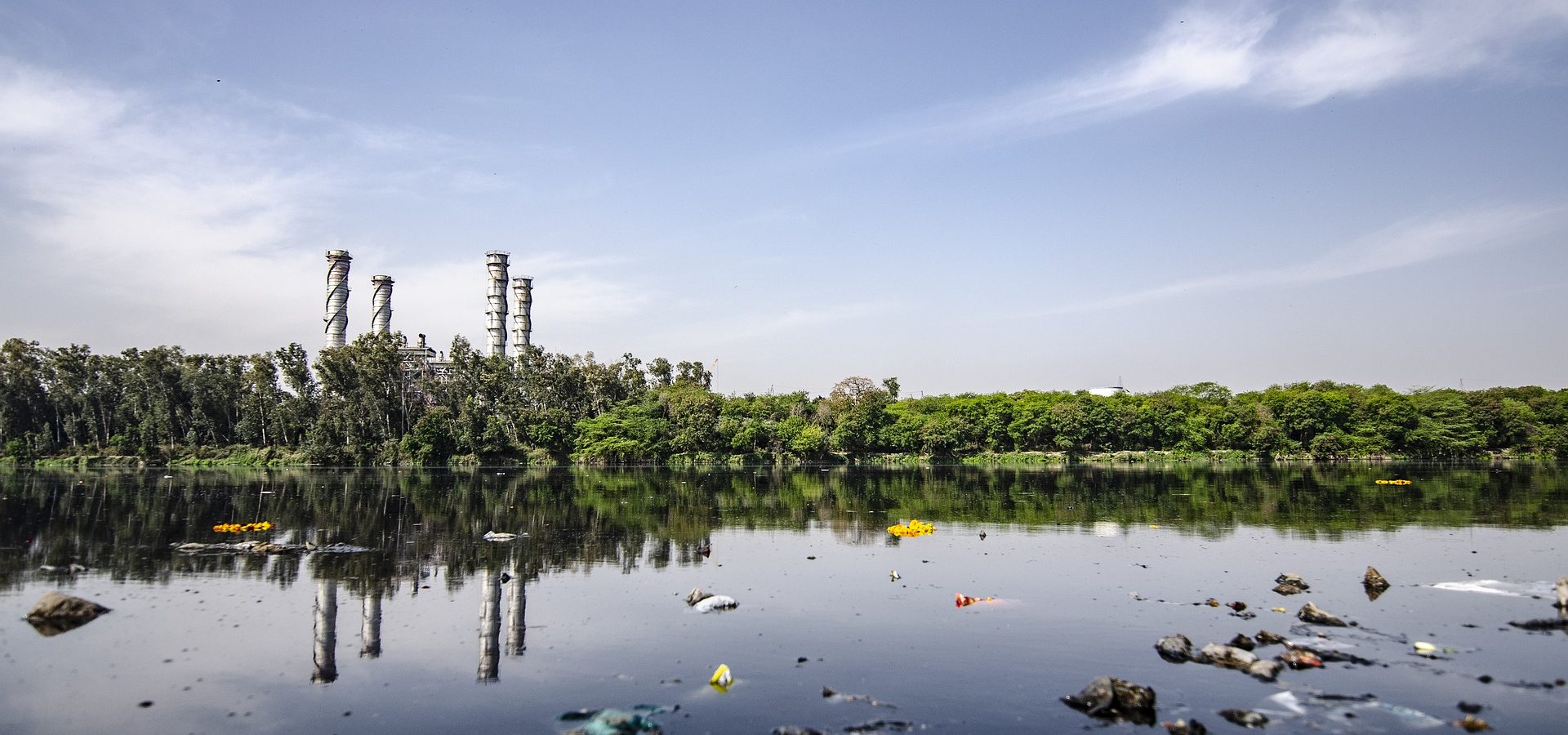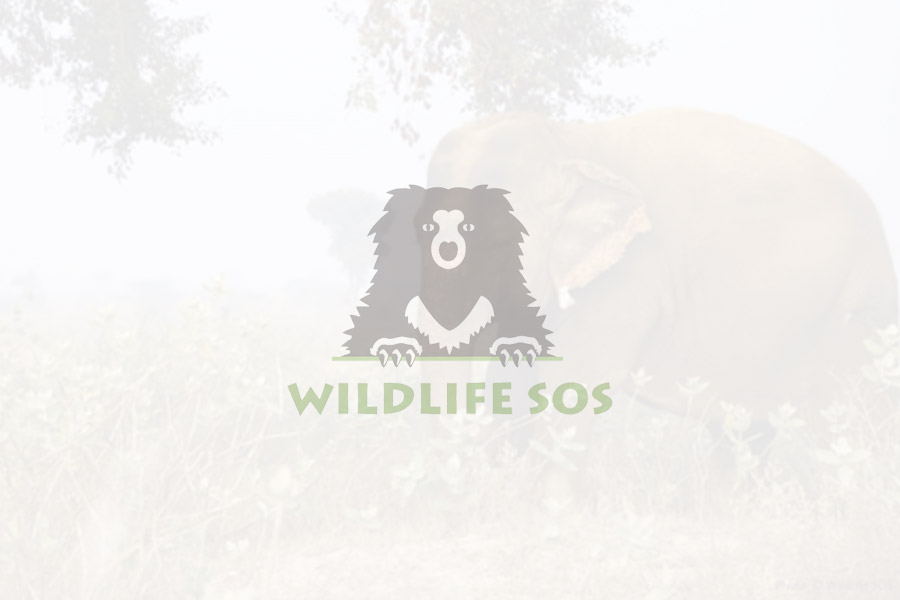Even as we become more and more sensitized to the effects of pollution, we’re yet to fully gauge how deep-rooted and widespread these effects might be. Wildlife is already giving us some cues about their permanence and scale.
Among the harmful chemicals in the environment, particularly worrying are synthetic chemicals called endocrine disrupting chemicals (EDCs) that interfere with hormones. Hormones control important systems in the body like the reproductive, immune, and nervous systems. By interfering with hormones, EDCs cause altered sexual behavior, reduced fertility, compromised immunity, and neurological problems.
How do EDCs do this?
- By looking and acting like natural hormones, triggering processes at the wrong time and pace
- By blocking sites where natural hormones are supposed to “sit” and act, obstructing normal processes
- By tampering with the breakdown and manufacture of natural hormones
In wildlife, sex hormones like estrogen, testosterone and thyroid hormones seem to be the most affected.
Where do EDCs come from?
EDCs are present in personal care and household products (like toothpaste, shampoo, sunscreen, and detergent), medication, pesticides, firefighting foam, and fire retardants used on furniture and fabric. Seeing how commonplace these products are, you can imagine the volume of EDCs released every day into the environment through domestic and industrial sewage, agricultural waste, and leaking landfills.
Not only do EDCs spread through soil and water, they can also volatize and attach to dust particles in the air – which is why they’re wreaking havoc in even the most isolated parts of the world like the Arctic.
What makes them particularly daunting is that they can cause damage when present in very small quantities. What makes matters worse is that they don’t break down easily, accumulating in the environment and in the bodies of animals.
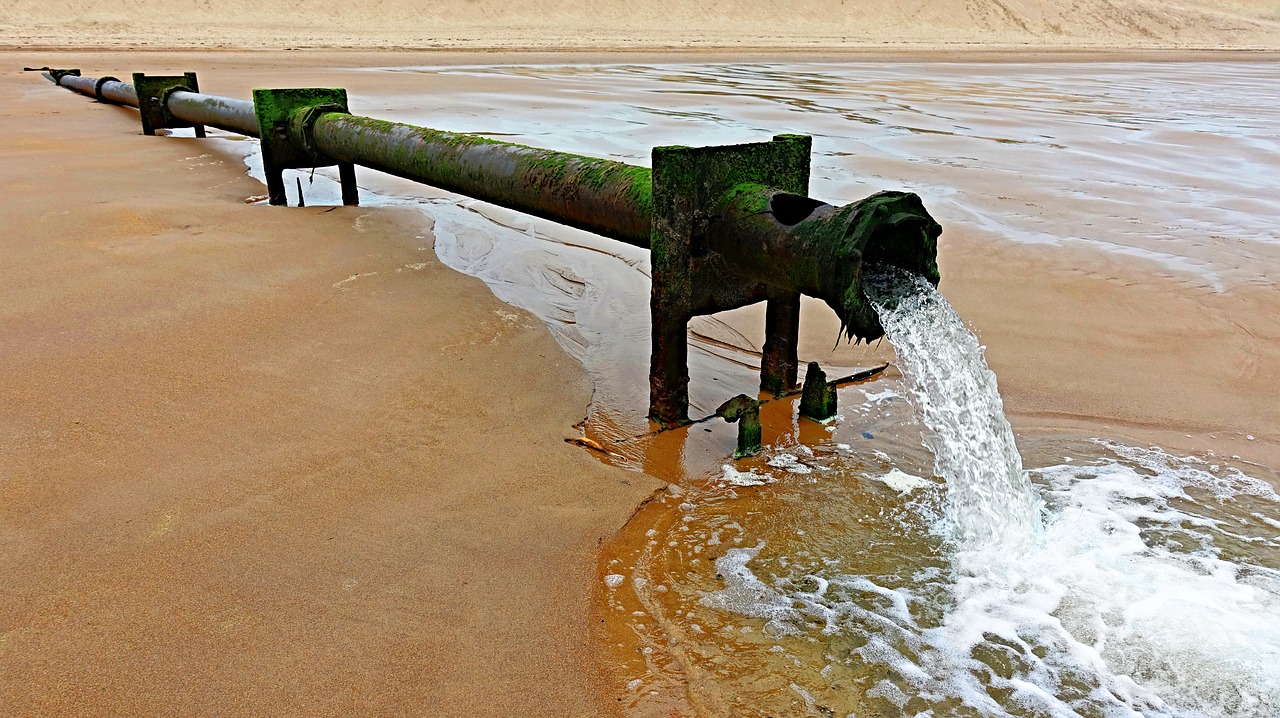
How permanent are the effects of EDCs?
EDCs not only affect the exposed individual but also their offspring and future generations.
- The individual: through what they eat, drink, breathe, and touch; some mammals store EDCs in their body fat and later develop health complications.
- The offspring: through placenta – what enters the mother enters the growing foetus, interfering in normal growth and development of the offspring.
- Future generations: through what is called transgenerational epigenetic inheritance – the environment interacts with genes to permanently alter them; the altered genes are then passed down generations, manifesting a range of anomalies.
How are EDCs affecting wildlife?
To straightaway demonstrate how dire the effects of EDCs are, males in a species can often be seen developing female traits while females develop male traits. For instance, in the 80s and 90s, female snails along the coasts of Europe, North America, and Asia developed penises that blocked the duct from which they release eggs to be fertilized. This caused a decline in their numbers. TBT (tributyltin) used in anti-fouling paint to keep barnacles off ships was found to be the culprit. Similarly, cricket frogs in the U.S. are developing one testes and one ovary instead of two testes or two ovaries because of organochlorine. In Spain, male peregrine falcons too are being feminized.
On the topic of reproductive failure, polar bears in the Arctic are now struggling to have successful pregnancies. PCBs (polychlorinated biphenyls) are preventing normal ovulation in females and reducing testosterone in males. This is a vulnerable species that already has a slow reproductive rate, a female polar bear mating only five times in her lifetime. PCBs also seem to be reducing killer whale (orca) populations in the UK causing a 25-year-long ongoing hiatus in reproduction.
Offspring are being affected too. Through their milk, seal mothers around the British Isles are passing DDT (dichlorodiphenyl trichloroethane) and PCBs to their pups who are unable to gain fat critical to their survival.
In some animals, EDCs accumulate over time and cause kidney and liver diseases later in life. A tragic example of this is the veterinarian drug Diclofenac reducing the Indian vulture population by 99% because of kidney failure.
What does this mean for the future of wildlife?
Evidently, EDCs are a threat to the future of wildlife. As EDCs continue to accumulate in nature, the food chain continues to amplify the problem. Species that are already threatened or endangered are being put in even more danger. Gene pools are becoming less robust, a hindrance to the perpetuation of species.
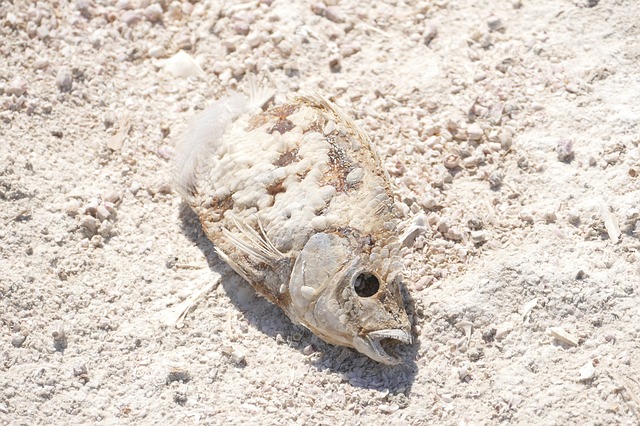
How can we protect wildlife from EDCs?
Without extensive sleuthing, it’s difficult to trace a symptom back to a specific EDC and, unfortunately, not enough research is being done. Then there’s the problem of lack of immediate symptoms caused by EDCs and we don’t have the time to wait and see what happens. What is affecting wildlife will affect us too – directly, through the food chain, or through a destabilized ecosystem.
Other common toxins include:
PESTICIDES
Pesticides, by design, are poisonous to plants and natural life. Their utilization, corruption and combinations in the environment have brought about inescapable water tainting.
MERCURY
66% of the unsafe mercury in our oceans is an aftereffect of synthetic contamination from metal creation, pulp industries, irregular waste dealing and coal production. Past mercury use has left a poisonous legacy that can be revived through current mining practices.
COAL
Coal burning produces various unsafe results, including mercury, selenium, CO2, nitrogen dioxide, sulfur dioxide and methane ̶ which dirty the climate, worsen environmental change, result in the deaths of birds and animals, due to a detrimental air quality and add to brown haze and corrosive downpour.
URANIUM
Uranium mining has left a poisonous and radioactive impression across numerous places. All phases of uranium advancement ̶ investigation, mining, processing and removal present exceptional dangers to species and biological systems. Uranium winds up in the food web and causes irreversible contamination of waters. It can defile oceanic environments for years, undermining downstream networks, fish and wildlife.
FRACKING
Fossil-fuel drilling involving high-pressure hydraulic fracturing, or “fracking,” is an exceptionally questionable and perilous oil-drilling technique connected to water contamination and methane production. Recent reports show that deep earth drilling has brought about more than 1,000 instances of groundwater defilement, either through the leaking of fracking fluids and methane into groundwater or from aboveground spills of contaminated wastewater. This can lead to impure water being consumed by animals, leading to severe health complications.
What next?
On a personal level, we can start by opting for more eco-friendly products, wooden toothbrushes, organic products, reusable cutlery, for our daily use. Also ensure you segregate garbage and dispose of medication properly. More so, try to adapt into a plastic free lifestyle.
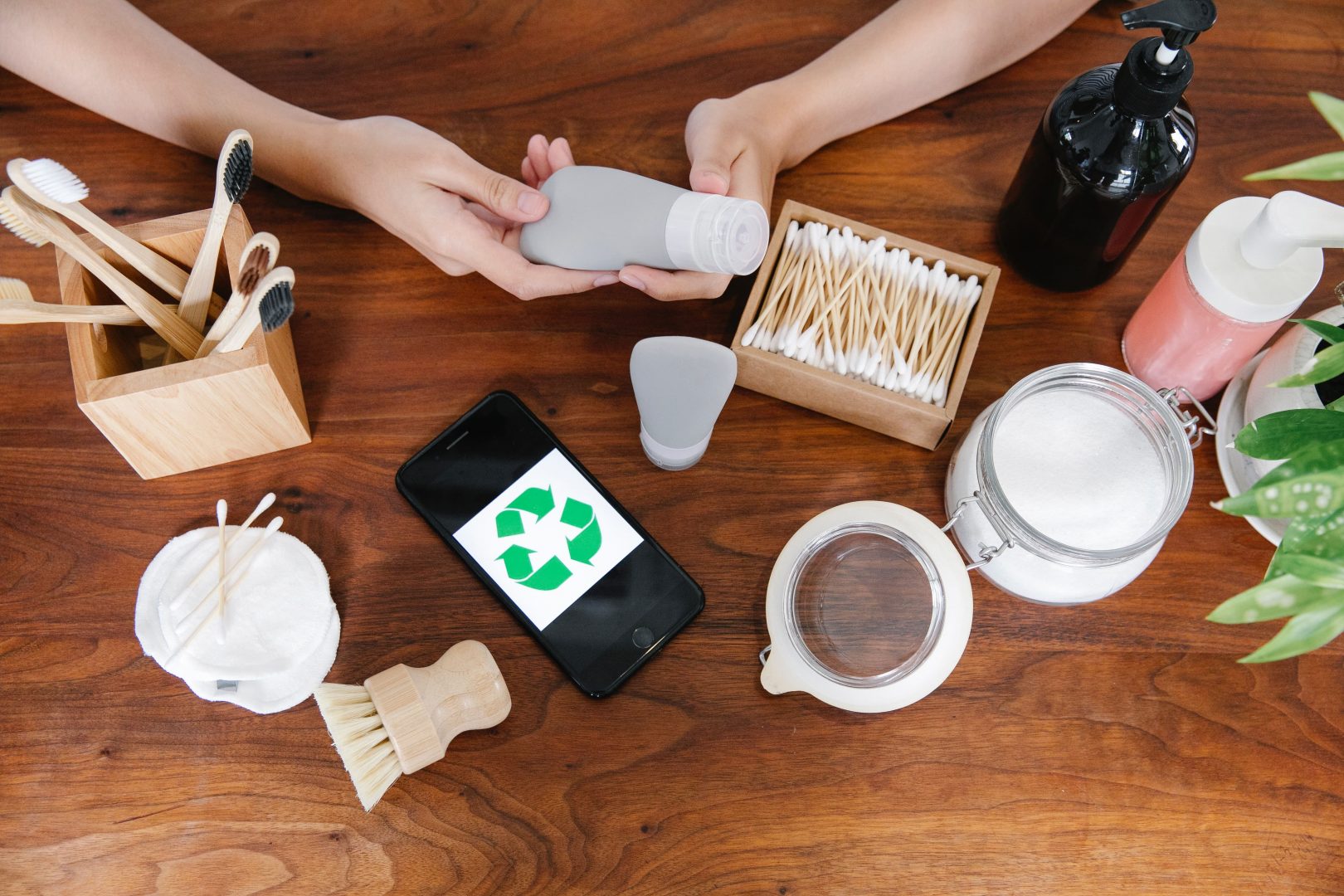
On a societal level, we need better regulation of harmful chemicals, so support causes and petitions trying to drive this change. In India, regulations by the MoEF exist, if only adopted more rigorously, we can hope to make monumental changes in our relationship with the environment.

